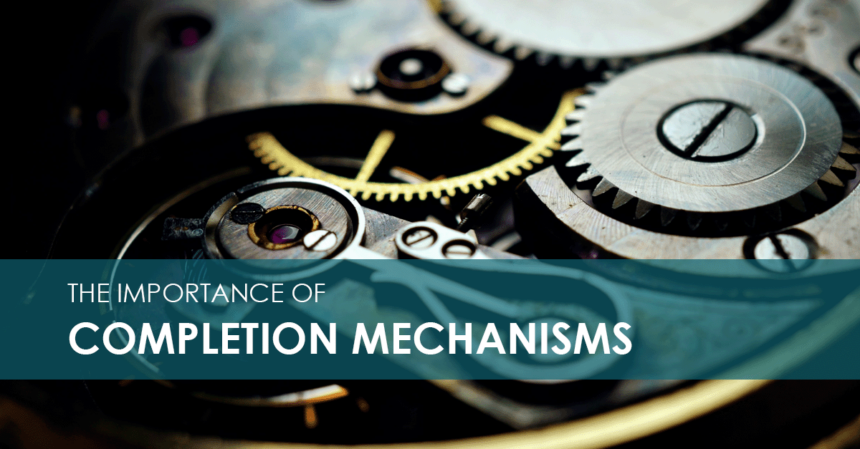An appropriate completion mechanism is almost always needed to determine the final price in a merger and acquisition (M&A) transaction.
The majority of transactions will require an adjustment to reflect the financial position (balance sheet) of the target business. This ensures negative behaviours, not in the interest of the buyer or company (such as value extraction just before a sale) are not rewarded.
However, the problem is the balance sheet is constantly moving, making it very difficult to determine the final price – and this is where the completion mechanism comes into play as it clearly outlines how the final price is to be calculated.
The two most widely used completion mechanisms to choose from are:
Completion Accounts
Where completion accounts are used, both parties agree on a preliminary purchase price by agreeing on an estimate of what the equity value will be as of the date of completion.
Locked Box
With a locked box mechanism, the parties both agree on the final purchase price using the company’s most recent audited financial statements. There is no post-completion adjustment.
Find out more
Each of these completion mechanisms has its own advantages but if designed and implemented properly, should result in a similar overall price.
If you would like to discuss completion mechanisms in more detail, contact our Corporate Finance team below.
The Team
Our experienced and approachable team are on-hand to assist you, please get in touch below:


